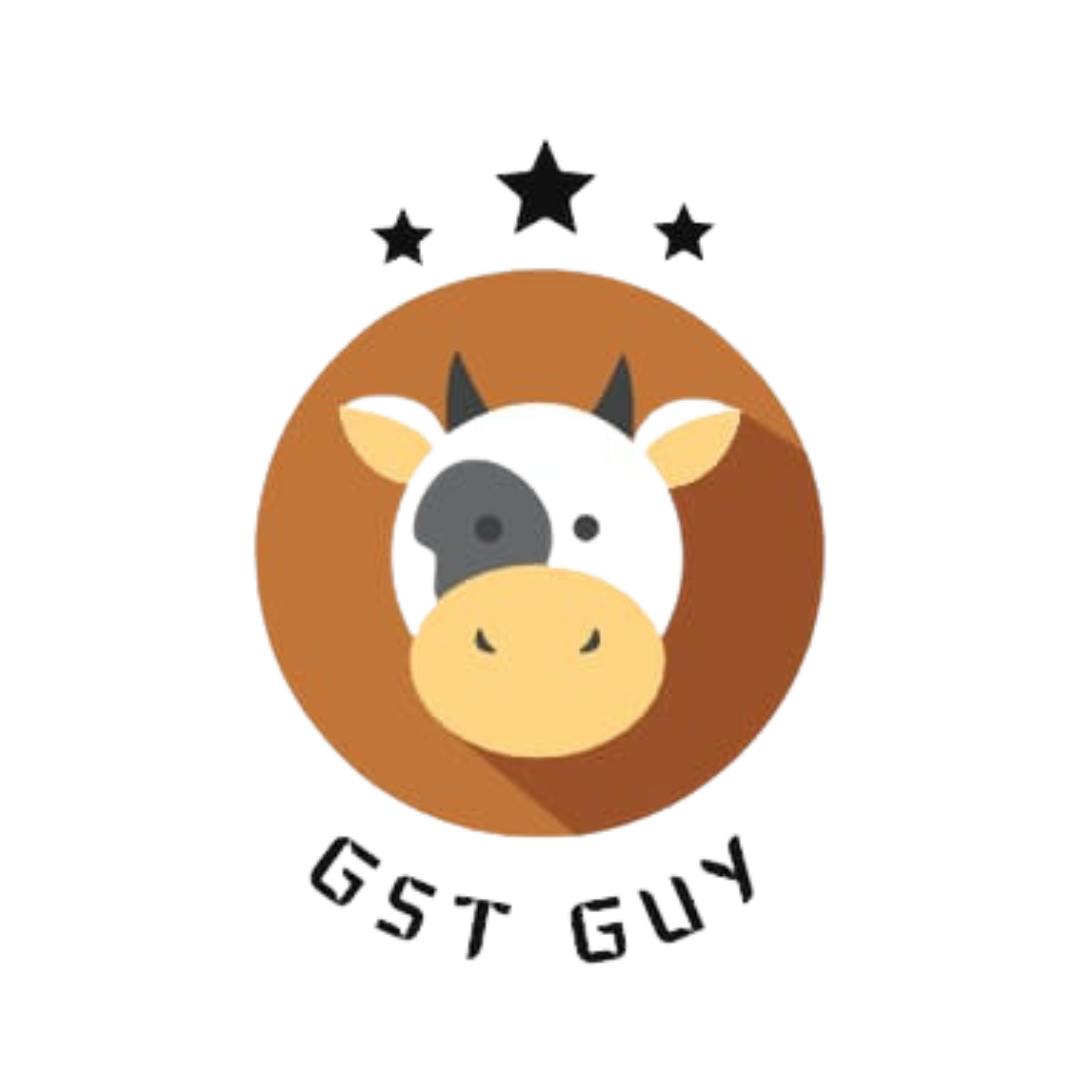Amidst the dynamic landscape of taxation, the GST impact on the furniture industry has triggered significant shifts in manufacturing costs and operational strategies. In this analysis, we delve into the repercussions of GST revisions on wooden and steel furniture production, examining how alterations in tax rates have reshaped the industry’s financial dynamics
In the meeting dated 18th May 2017, the GST Council declared tax rate revisions for various goods and services under GST.
This article delves into a comprehensive analysis of the alterations in tax rates specifically impacting different types of furniture manufacturers and GST impact on the furniture industry. These changes present a significant deviation from the current VAT rates imposed.
Impact on Wooden Furniture Manufacturers
Understanding the cost implications for wooden furniture necessitates a closer look at the tax rate variations concerning wood-related materials:
| Particulars | GST | VAT |
| Wooden boxes, drums, crates, umbrella handles, etc. | 12% | Avg. 4-5% |
| Wood pulp, bamboo pulp | 12% | Avg. 4-5% |
| Residual lyes, wood tar, wood naphtha, etc. | 18% | Avg. 4-5% |
| Wooden furniture, tableware, kitchenware (notified @28% under GST) | 12% | Avg. 12.5% |
| Fiber Wood, plywood, laminated wood | 28% | Plywood – Avg. 5-6% Others – Avg. 12.5% |
| Firewood or wood charcoal | Exempt | Exempt |
| Wood waste, sawdust | 5% | Avg. 4-5% |
| Cane furniture | 28% | Avg. 4-5% |
Under GST, final goods produced by wooden furniture manufacturers will face a 12% tax rate, differing from the current average VAT rate of 12.5%. Notably, the tax rate on plywood has increased significantly from the current VAT rate of 5-6% to 28% under GST. This elevation may lead to augmented costs for wooden furniture. However, manufacturers can claim Input Tax Credit (ITC) on plywood purchases to offset the furniture-making tax.
For instance:
- XYZ Furniture sells a table for Rs 20,000, having purchased plywood worth Rs 10,000.
- Under VAT, the net tax liability is Rs 1,900.
- Under GST, with ITC from plywood purchases, the net tax liability is reduced to zero.
Impact on Iron or Steel Furniture Manufacturers
Iron or steel furniture is also slated to experience cost escalation under GST. While the current VAT rate sits at an average of 12.5%, GST imposes a uniform 28% tax rate on furniture other than wooden ones. Moreover, GST taxes iron and steel at 18%, higher than the average VAT rate of 5%. Manufacturers can avail ITC at 18% for iron or steel purchases under GST.
For example:
- XYZ Furniture sells a steel almirah for Rs 50,000, having used steel worth Rs 30,000.
- Under VAT, the net tax liability is Rs 4,750.
- Under GST, the net tax liability surges to Rs 8,600 due to the increased tax rate on steel.
Impact of GST on the Furniture Industry
The comparison and examples elucidate that GST imposes higher tax rates on wood, furniture, iron, or steel than the prevailing VAT rates. Consequently, iron or steel furniture manufacturers face increased tax liabilities under GST, while wooden furniture manufacturers benefit comparatively.
FAQs
1. How does GST affect wooden furniture prices compared to the previous VAT rates?
Under GST, the tax rate for wooden furniture stands at 12%, differing from the previous average VAT rate of 12.5%. However, certain wood-related materials, such as plywood, witness a significant increase from 5-6% under VAT to 28% under GST.
2. Are there exemptions for specific wood-related products under GST?
Yes, certain items like firewood or wood charcoal are exempted from GST, providing relief from taxation on these products.
3. What is the impact of GST on the cost of manufacturing iron or steel furniture?
GST levies a uniform 28% tax rate on non-wooden furniture, including iron or steel furniture. This contrasts with the varied VAT rates previously applied, impacting the overall cost for manufacturers.
4. How do the tax rates for iron and steel under GST compare to the average VAT rates?
GST imposes an 18% tax rate on iron and steel, significantly higher than the average VAT rate of 5%. This elevates the tax liability for manufacturers dealing with these materials.
5. Can furniture manufacturers claim Input Tax Credit (ITC) under GST?
Yes, manufacturers can claim Input Tax Credit for taxes paid on inputs (like plywood, steel, etc.) against the GST liability for their final products, aiding in reducing the overall tax burden.
6. Are there any specific provisions benefiting wooden furniture manufacturers under GST?
While GST increases the tax rate on plywood substantially, wooden furniture manufacturers can avail themselves of Input Tax Credit on these purchases, aiding in balancing the tax implications.
7. How do the tax changes under GST impact the profitability of furniture manufacturing businesses?
For iron or steel furniture manufacturers, the increased tax rates might affect profitability, necessitating a reassessment of costing strategies. On the other hand, wooden furniture manufacturers can benefit from ITC but might face increased costs due to higher plywood taxes.
8. Are there any industry-specific exemptions or considerations for furniture manufacturers under GST?
While certain products like firewood or wood charcoal are exempt, the general trend indicates higher tax rates under GST for most materials used in furniture manufacturing, requiring a reevaluation of pricing and cost structures in the industry.
GET IN TOUCH



